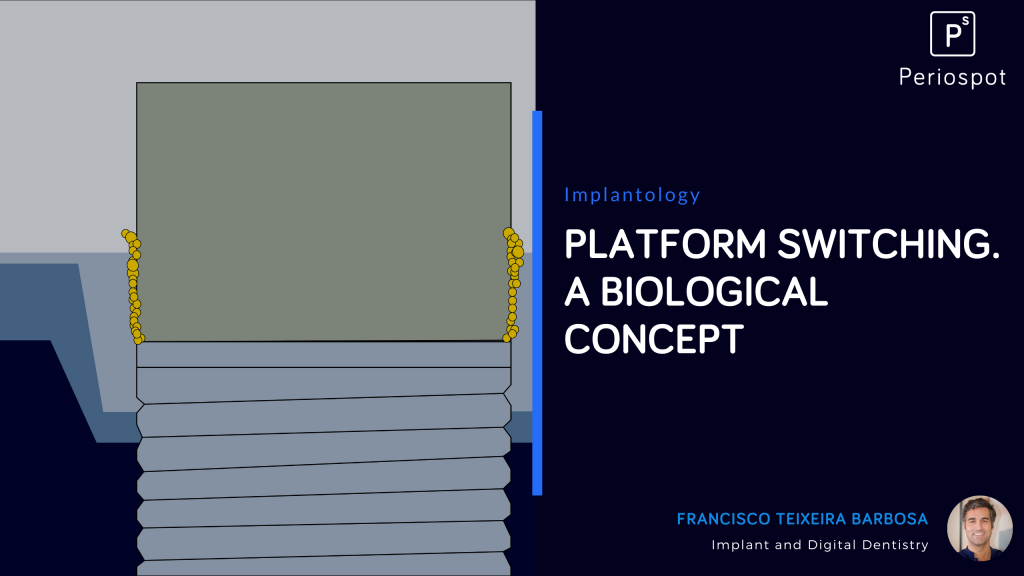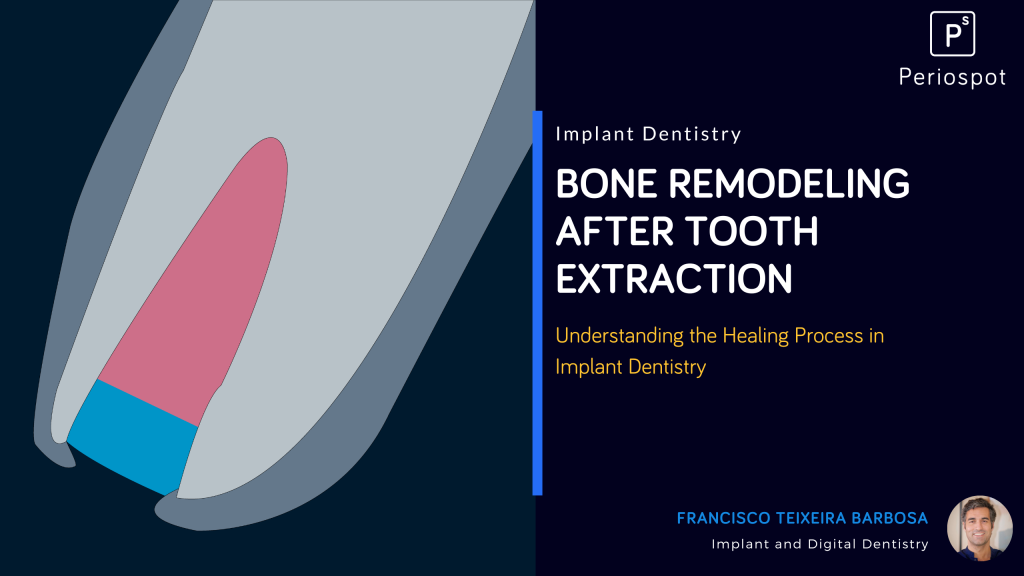Introduction
There are some questions about what is or what is not platform switching, and of course, what are the advantages of having a platform-switched concept in the implants used in our daily practice.
Historically, we all know the success criteria that we should achieve in any treatment involving implants.
Albrektsson explained these success criteria well (Albrektsson et al. 1986), and they are still prevailing.
Nowadays, the patient’s expectations for implant treatment outcomes have increased in the last decade, and maybe what was accepted a few years ago (2mm of marginal bone loss in the first year) is not in accordance with the esthetic expectations of our patients.
But why does bone loss always happen when an implant is placed?
Ericsson published that this marginal bone loss is related to the concept of “inflammatory cell infiltrate ICT” of the gap between the fixture and the implant’s abutment.
Bacteria fills and contaminates this gap, leading to bone resorption.
This article also explains the reason why the biological width is formed around implants, previously described by Berglundh (Berglundh et al. 1991).
Other reasons for bone remodeling around implants are related to other factors, that where described by Abrahamsson and Hermann in other articles that may help us to predict the bone resorption around implants.
These factors are:
– The thickness of the mucosa (Abrahamsson et al. 1996)
– The type of insertion (crestal, supracrestal or infracrestal) (Hermann et al. 2001)
– The design of the implant (Alomrani et al. 2005).
From a clinical point of view, platform switching means…
It is well known the distance that an implant must keep from a teeth and a distance that and implants must have from another implant (Tarnow et al. 2000), although these findings where well discussed in other articles, where we have to keep in mind that maybe old paradigms are nearly to change (Gastaldo et al. 2004).
This distance that we should respect is related to the formation of the biological width around the fixtures.
These concepts are only correct when no platform-switched implants are used. We are going to make a simple explanation of why this happens.
What is platform switching implants?
We could say that platform switching is the implantology Viagra.
Why?
It resulted from a mistake when wide implants became a common treatment option and non-matching abutment where provided to the clinicians.
After these abutments where delivered, during the observationally period, the marginal bone loss was not present in almost every cases (Lazzara & Porter 2006).
Regarding an RCT published by Canullo, the findings are shown in the videos below, where it concludes that the marginal bone loss is reduced when the mismatch is larger (Canullo et al. 2010).
This leads to more research, and Ciurana published that maybe in platform switching implants the distance between implants has not to be 3 mm, but only 2 mm due to the reduction of horizontal bone resorption in the mismatched implants (Rodríguez-Ciurana et al. 2009).
Conclusion
Although the lot of research that has been published in the last years about platform switching implants as a reliable treatment option to maintain the peri-implant bone and soft tissue architecture, there are other factors related with the preservation of marginal bone (Zipprich et al. 2009).




